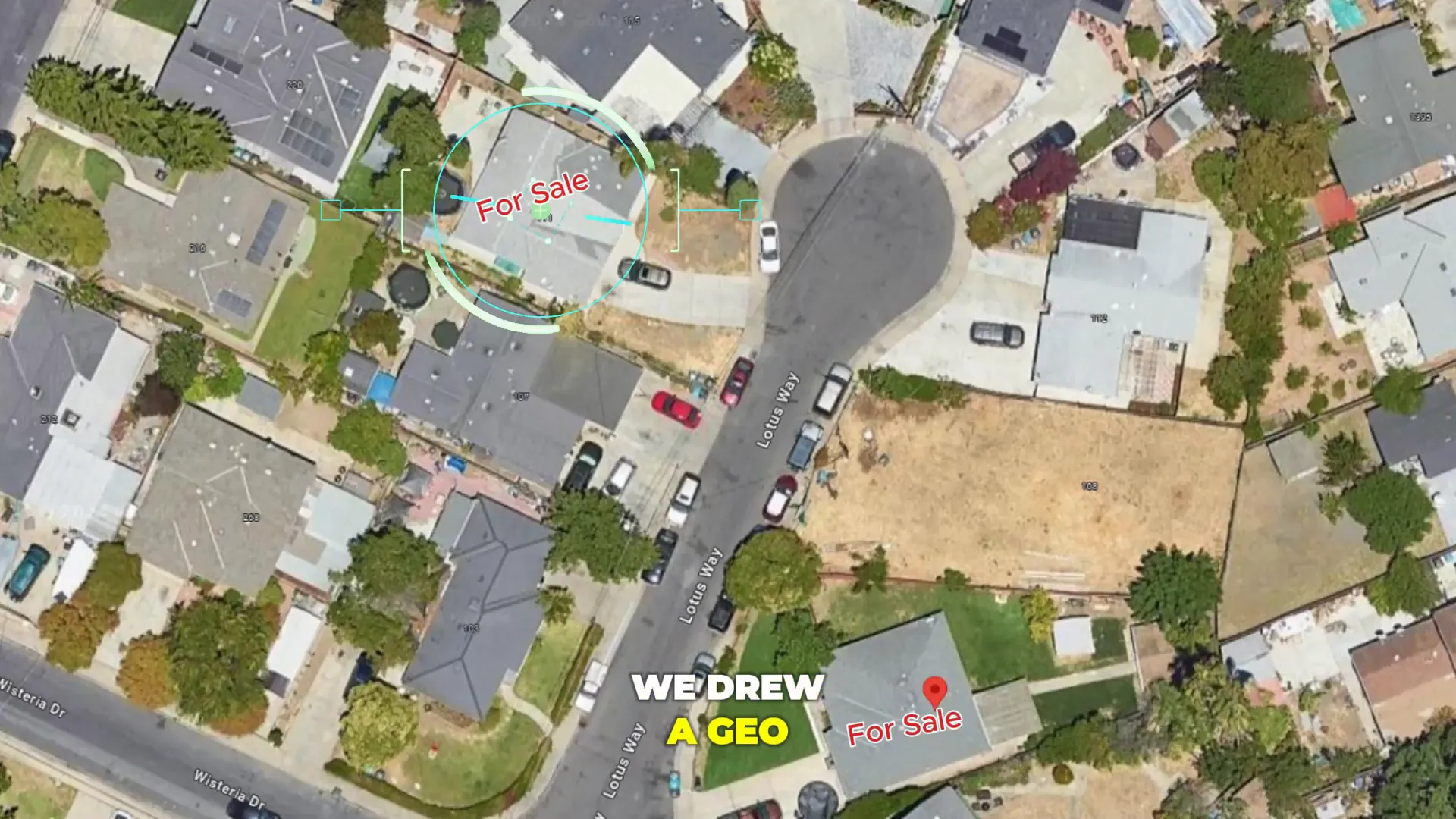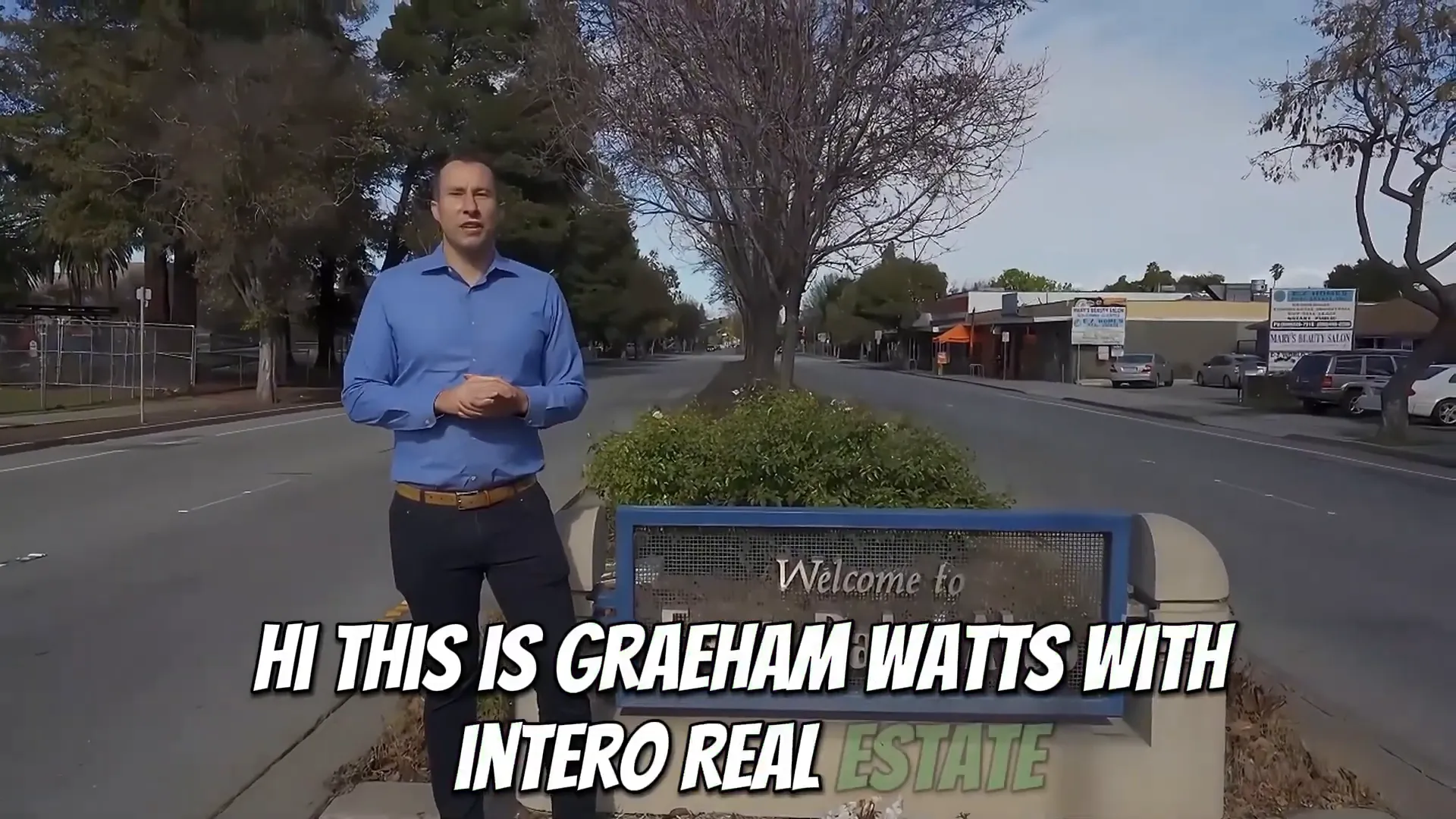What Is a 1031 Exchange? Tax Strategy Every Real Estate Investor Must Know!
Investing in real estate can be both rewarding and complex, especially when it comes to managing taxes on the profits you make from selling properties. If you’re looking for a legal and savvy way to defer capital gains taxes and maximize your investment potential, understanding the 1031 Exchange is essential. This tax strategy, rooted in a specific section of the U.S. tax code, can be a game-changer for real estate investors seeking to build long-term wealth.
In this comprehensive guide, I’ll walk you through everything you need to know about the 1031 Exchange—what it is, how it works, why it’s so valuable, and how you can leverage it to grow your real estate portfolio faster while legally deferring taxes. Whether you’re a seasoned investor or just getting started, mastering this tool can open doors to smarter, more strategic investing.
What Is a 1031 Exchange?
The term “1031 Exchange” refers to Section 1031 of the Internal Revenue Code. This section allows real estate investors to sell investment property and defer paying capital gains taxes on the profits by reinvesting those profits into a like-kind, or similar, replacement property. Essentially, it’s a tax-deferral strategy designed to encourage reinvestment and growth in real estate holdings.
Think of it this way: if you sell a rental property and make a profit, normally you’d owe capital gains taxes on that profit. But with a 1031 Exchange, you can defer those taxes by using the proceeds to buy another investment property. The key is that the money from the sale never “touches” your hands—it goes through a qualified intermediary, who holds the funds during the transition. This allows you to “exchange” properties instead of simply selling and buying, hence the name.

Why Should Investors Consider a 1031 Exchange?
There are several compelling reasons why a 1031 Exchange is one of the most powerful tools in a real estate investor’s toolkit:
- Tax Deferral: By deferring capital gains taxes, you keep more money working for you in your investments instead of losing a chunk to taxes.
- Portfolio Growth: You can leverage the equity from one property to acquire a larger or more profitable property, accelerating your wealth-building strategy.
- Flexibility: The exchange allows you to diversify or consolidate your holdings, depending on your investment goals.
- Long-Term Wealth Building: Delaying taxes means you can reinvest the full proceeds, potentially compounding your returns over time.
In short, a 1031 Exchange can unlock the power of your investments by preserving capital and providing strategic flexibility.
How Does a 1031 Exchange Work?
Understanding the mechanics of a 1031 Exchange is crucial to using it effectively. Here’s a step-by-step breakdown of the process:
1. Identify Your Investment Property to Sell
First, you need to have an investment property you want to sell. This could be a rental house, commercial property, or any real estate held for investment purposes—not your primary residence.
2. List and Sell the Property
You go through the usual process of listing your property on the market and finding a buyer. Once you agree on terms and enter escrow, the sale moves toward closing.
3. Use a Qualified Intermediary (QI)
At the close of escrow, the money from the sale does not go directly to you. Instead, it’s transferred to a third party called a qualified intermediary. The QI plays a vital role—they hold the funds during the exchange period and ensure the transaction complies with IRS rules.
This step is critical because if you receive the sale proceeds directly, even momentarily, it disqualifies the exchange and triggers immediate tax liability.

4. Identify Replacement Property
You have a limited window to identify potential replacement properties. According to IRS rules, you must identify one or more like-kind properties within 45 days of selling your original property.
Like-kind means the replacement property must be of the same nature or character as the property sold, typically other investment or business real estate. The value and equity of the replacement property should be equal to or greater than the property sold to fully defer taxes.
5. Purchase the Replacement Property
Within 180 days of the sale of your original property, you must close on the purchase of the replacement property. The qualified intermediary transfers the funds held from the sale directly to the title company handling the purchase.
Because you never directly handled the sale proceeds, you qualify for the tax deferral benefits.
6. Complete the Exchange
Once the replacement property is purchased and the transaction closes, the 1031 Exchange is complete. You have successfully deferred paying capital gains taxes on your initial sale and rolled your investment into a new property.
Important Rules and Considerations for 1031 Exchanges
While the 1031 Exchange offers significant benefits, it comes with strict rules you must follow to qualify:
- Investment Property Only: The exchange applies only to investment or business properties. Personal residences and properties held primarily for resale (like flips) are not eligible.
- Strict Timelines: You have 45 days from the sale to identify replacement properties and 180 days to close on one or more of them.
- Use of a Qualified Intermediary: The sale proceeds must be held by a third party (the QI) and cannot be received directly by the seller.
- Like-Kind Property: The replacement property must be “like-kind” to the property sold, generally meaning any investment real estate in the U.S.
- Equal or Greater Value: To maximize tax deferral, the replacement property should be of equal or greater value than the property sold.
Failing to meet these requirements can disqualify the exchange and result in immediate tax liability on the gains.
Examples of 1031 Exchanges in Action
To illustrate how a 1031 Exchange works, consider this common scenario:
You own a rental house you’ve held for several years. The property has appreciated in value, and you want to sell it to buy a larger multi-family property, like a fourplex, to increase your rental income and diversify your portfolio.
Here’s what happens:
- You list and sell your rental house.
- At closing, the sale proceeds go directly to a qualified intermediary, such as IPX Exchange.
- You identify the fourplex as your replacement property within 45 days.
- The intermediary transfers the funds to the title company handling the purchase of the fourplex.
- You close on the fourplex within the 180-day deadline.
- You defer paying capital gains taxes on the profit from your rental house sale.
This process allows you to leverage your equity efficiently and grow your rental portfolio without an immediate tax hit.
Benefits of Using a 1031 Exchange Specialist
While the concept of a 1031 Exchange is straightforward, the process requires careful handling to comply with IRS regulations and deadlines. That’s where a certified exchange specialist comes in.
Working with professionals like Ron Ricard from IPX Exchange, who has been facilitating 1031 Exchanges since 2002, ensures your transaction meets all legal requirements and maximizes your tax benefits.
Here’s why hiring a specialist is valuable:
- Expert Guidance: They help you navigate the complex rules and timelines.
- Qualified Intermediary Services: They act as the trusted third party holding your sale proceeds to maintain compliance.
- Peace of Mind: Knowing your exchange is handled correctly reduces risk and potential costly mistakes.
- Customized Solutions: Specialists can advise on strategies tailored to your investment goals.
Who Qualifies for a 1031 Exchange?
Not every property seller qualifies for a 1031 Exchange. Here are the typical qualifications:
- Investment or Business Property Owners: You must be selling real estate held for investment or used in a trade or business.
- U.S. Taxpayer: The exchange must comply with U.S. tax laws and be reported on your tax return.
- Intent to Reinvest: You must intend to reinvest the proceeds into a like-kind property within the IRS timelines.
Primary residences, properties held for personal use, or those primarily bought for resale (like house flippers) do not qualify for 1031 Exchanges.
Common Questions About 1031 Exchanges
Can I Do a 1031 Exchange on Any Type of Property?
The property must be held for investment or business purposes. This includes rental homes, commercial buildings, land held for investment, and certain types of industrial properties. Personal residences and vacation homes typically do not qualify unless they meet specific criteria.
What Happens if I Don’t Reinvest the Full Amount?
If you purchase a replacement property for less than the sale price of your original property, the difference (called “boot”) is subject to capital gains taxes. To fully defer taxes, you need to reinvest all the proceeds.
How Long Does the 1031 Exchange Process Take?
You have a strict timeline: 45 days to identify replacement properties and 180 days to close on at least one of them after selling your original property.
Can I Use a 1031 Exchange More Than Once?
Yes! There is no limit to how many times you can use 1031 Exchanges. Many investors use this strategy repeatedly to grow their real estate portfolios tax-deferred.
Maximizing Your Real Estate Investment with a 1031 Exchange
Using a 1031 Exchange wisely can help you:
- Build Wealth Faster: By deferring taxes, you reinvest more capital into new properties, accelerating growth.
- Upgrade Your Portfolio: Trade up from smaller properties to larger, more lucrative investments.
- Diversify Holdings: Exchange from one type of investment property to another to balance risk and returns.
- Maintain Cash Flow: Transition smoothly between properties without losing rental income streams.
Remember, the key is to work with experienced professionals who understand the nuances of 1031 Exchanges and can ensure your transactions comply with IRS rules.
Conclusion: Why Every Real Estate Investor Should Know About 1031 Exchanges
The 1031 Exchange is more than just a tax loophole—it’s a strategic tool that empowers real estate investors to defer taxes legally, reinvest profits, and build substantial wealth over time. By understanding how to navigate the process, meet strict requirements, and leverage qualified intermediaries, you can use this powerful strategy to scale your portfolio and achieve your financial goals.
Whether you’re selling a rental house and eyeing a multi-family property or looking to diversify your real estate assets, the 1031 Exchange offers unmatched flexibility and tax advantages that every investor should consider.
Take the time to learn about this strategy, consult with certified exchange specialists, and plan your investments accordingly. With the right approach, the 1031 Exchange can be your best-kept secret to long-term success in real estate investing.
Categories
- All Blogs (314)
- Client Testimonials (19)
- East Palo Alto (81)
- Graeham Watts Home Tours (23)
- Home Buyer's Process (34)
- Home Tours (28)
- Houses for sale in East Palo Alto (13)
- Investing (18)
- Landlord and Tenant Info (9)
- Menlo Park (49)
- Personal (5)
- Real Estate Questions Answered (91)
- Real Estate Tips (86)
- Redwood City (85)
- San Mateo County (10)
- Seller's Process (22)
Recent Posts










GET MORE INFORMATION

